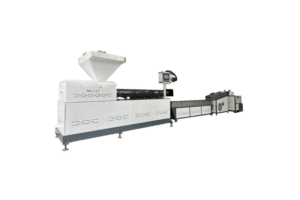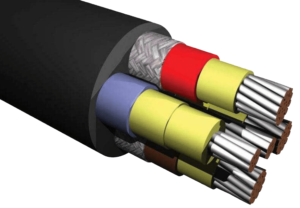-
Table of Contents
Introduction
The plastics industry plays a significant role in driving energy efficiency across various sectors. Through advancements in technology, process optimization, and the development of sustainable practices, the industry has been able to reduce energy consumption and minimize its environmental impact. This introduction will explore how the plastics industry drives energy efficiency and contributes to a more sustainable future.
The Role of Plastics in Enhancing Energy Efficiency
The plastics industry plays a crucial role in enhancing energy efficiency across various sectors. From transportation to construction, plastics have become an integral part of our daily lives, contributing to energy savings and reducing environmental impact. This article will explore how the plastics industry drives energy efficiency and the benefits it brings.
One of the key ways in which plastics contribute to energy efficiency is through lightweighting. Plastics are lightweight materials that offer high strength-to-weight ratios, making them ideal for replacing heavier materials such as metal. By using plastics instead of metals in vehicles, for example, manufacturers can significantly reduce the weight of the vehicle, leading to improved fuel efficiency. This not only saves energy but also reduces greenhouse gas emissions, making it a win-win situation for both the environment and consumers.
In addition to lightweighting, plastics also play a vital role in insulation. Insulation is crucial for maintaining comfortable indoor temperatures and reducing the need for excessive heating or cooling. Plastics, such as expanded polystyrene (EPS) and polyurethane foam, are excellent insulators that help to minimize heat transfer. By using plastic insulation materials in buildings, energy consumption for heating and cooling can be significantly reduced, resulting in lower energy bills and a smaller carbon footprint.
Furthermore, the plastics industry has been instrumental in the development of energy-efficient lighting solutions. Traditional incandescent light bulbs are highly inefficient, converting only a small fraction of the energy they consume into light. However, advancements in plastics have led to the creation of energy-efficient alternatives such as light-emitting diodes (LEDs). LEDs are not only more durable and longer-lasting than traditional bulbs but also consume significantly less energy while providing the same or even better illumination. The use of plastics in LED technology has revolutionized the lighting industry, leading to substantial energy savings and reduced electricity costs.
Another area where plastics contribute to energy efficiency is in renewable energy generation. Plastics are used in the production of solar panels, wind turbine blades, and other renewable energy technologies. The lightweight and durable nature of plastics make them ideal for these applications, as they can withstand harsh weather conditions and reduce the overall weight of the structures. By utilizing plastics in renewable energy systems, the industry can maximize energy production while minimizing the environmental impact.
Moreover, the plastics industry has made significant strides in recycling and waste management, further enhancing energy efficiency. Plastics can be recycled into new products, reducing the need for virgin materials and the energy required for their production. Additionally, advancements in waste-to-energy technologies have allowed for the conversion of plastic waste into renewable energy sources, such as biofuels or electricity. These innovative solutions not only reduce the amount of plastic waste in landfills but also contribute to the overall energy mix, further driving energy efficiency.
In conclusion, the plastics industry plays a vital role in enhancing energy efficiency across various sectors. Through lightweighting, insulation, energy-efficient lighting, renewable energy generation, and recycling, plastics contribute to significant energy savings and reduced environmental impact. As the industry continues to innovate and develop sustainable solutions, the benefits of plastics in driving energy efficiency will only continue to grow.
Conclusion
The plastics industry drives energy efficiency through various means such as the development of lightweight materials, improved manufacturing processes, and the promotion of recycling initiatives. These efforts help reduce energy consumption and greenhouse gas emissions, making the industry more sustainable and environmentally friendly. Additionally, advancements in plastic technologies have led to energy-efficient products and applications in various sectors, further contributing to overall energy efficiency. Overall, the plastics industry plays a significant role in driving energy efficiency and promoting a greener future.










